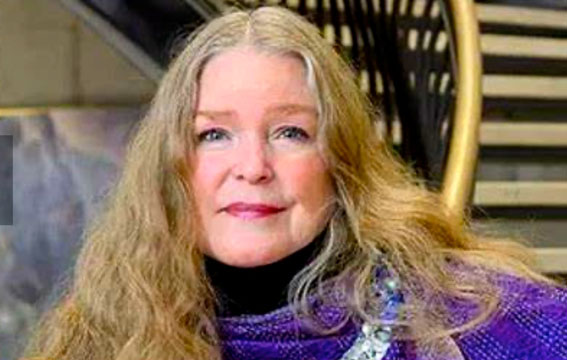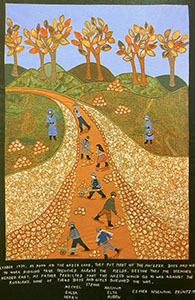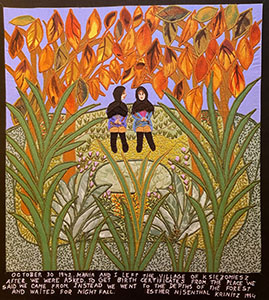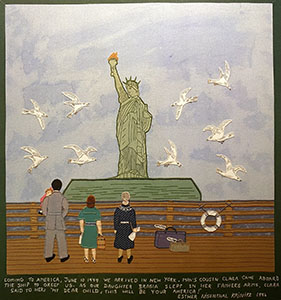
ESTHER NISENTHAL KRINITZ

The New York Times called the exhibition at the Visionary Art Museum in Baltimore, “…images of bucolic life—the family tending animals, villagers baking Passover matzo—images in stark contrast to the Nazi occupation.” And the Washington Post wrote, “When she was 50 [with no artistic training] she began stitching the story of her childhood in Poland. The result was 36 colorful panels -- simple fabric portraits so beautiful you have to look really closely to see the hatred and injustice that inspired them.” Esther Krinitz survived the Holocaust in Poland. When the Nazis took her parents and Jewish neighbors to the train station, 15-year-old Esther refused to go. She and her 13-year-old sister went into hiding. They sought refuge in forests and worked in disguise as Catholic farm girls, living in fear as the war raged around them. When her country was liberated, she learned that her parents and siblings did not survive.
This exhibition was presented in Washington, DC and Baltimore.
(selected artworks)
(Photos)













